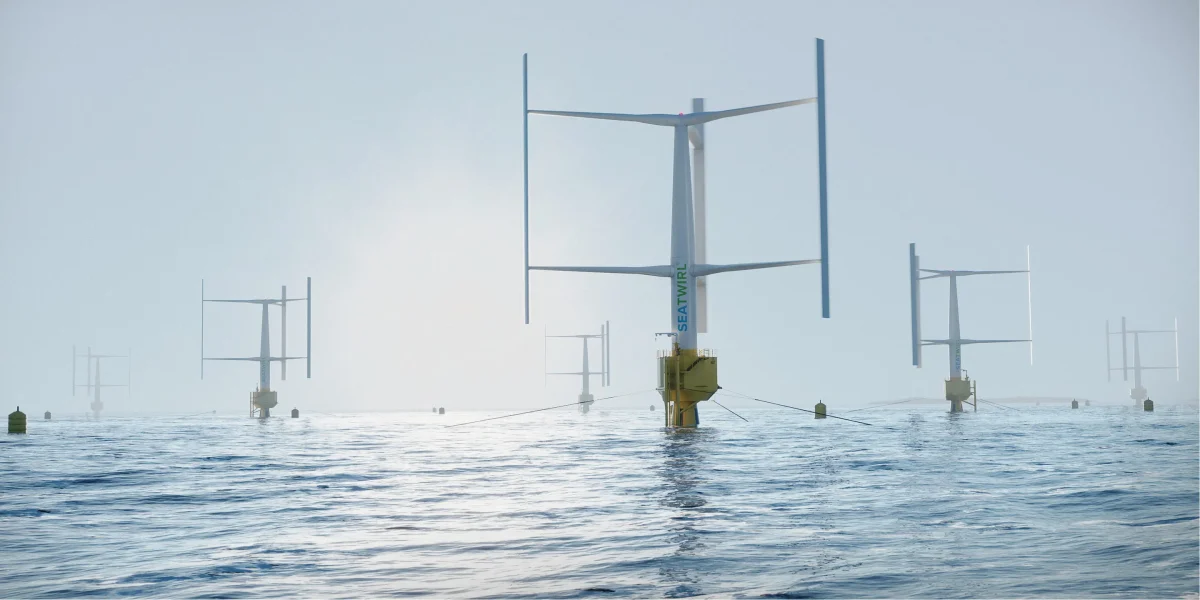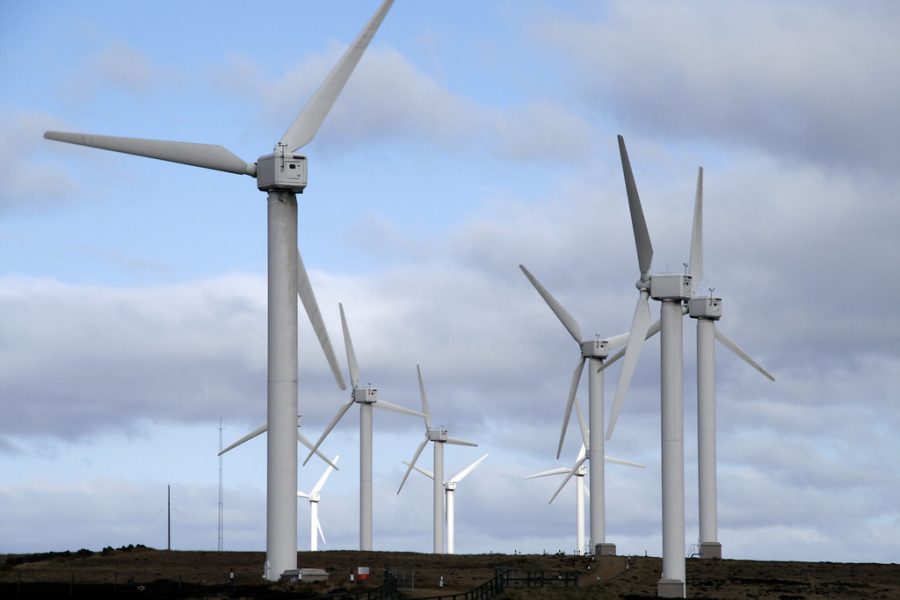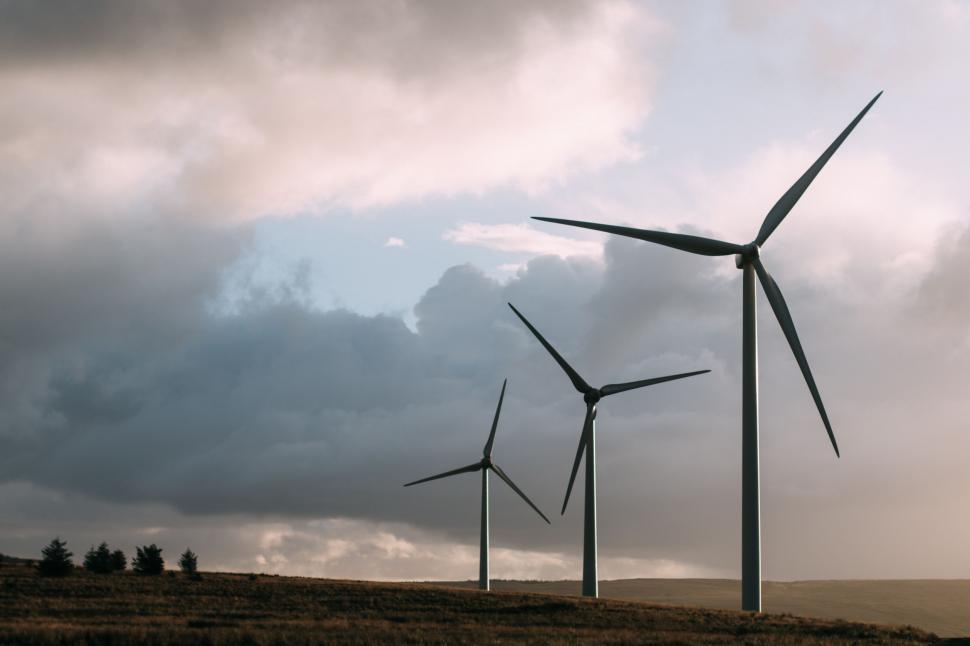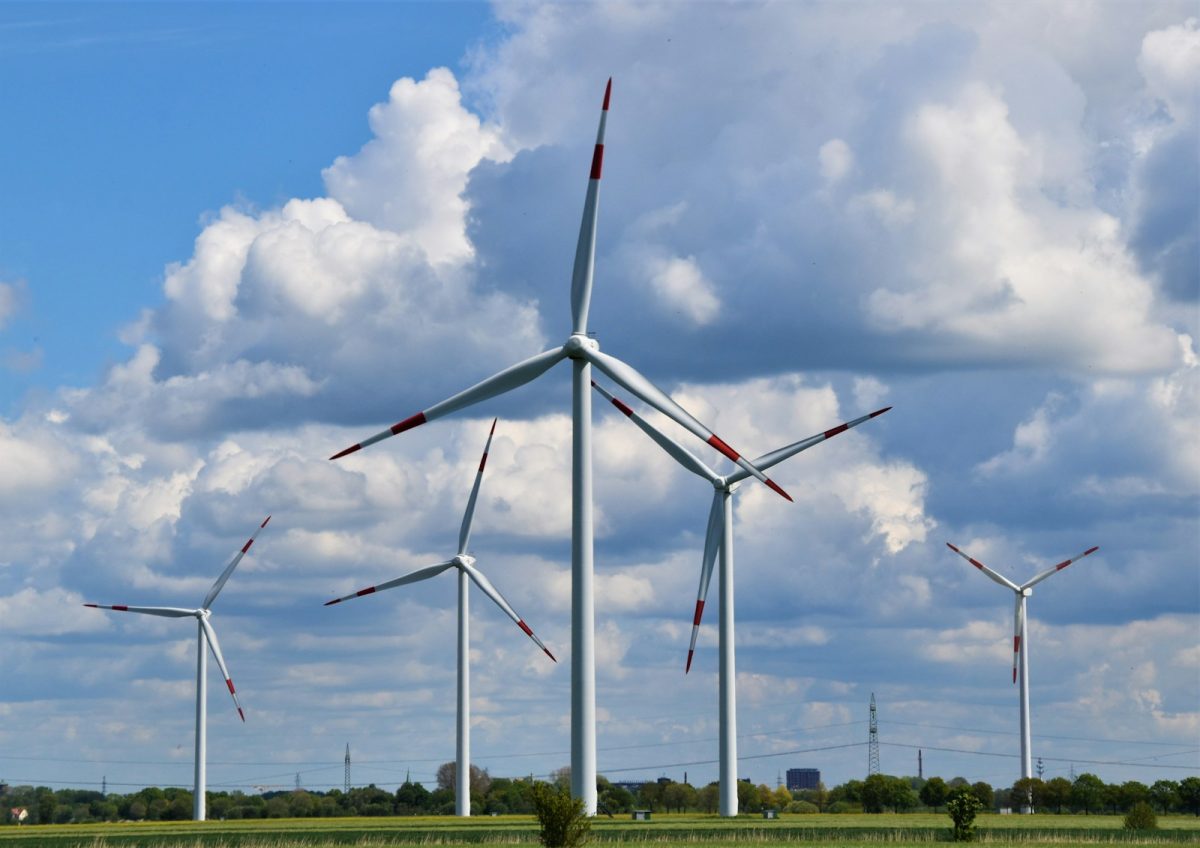The first floating offshore wind plant was installed in 2017 on the coast of Scotland. Scientific evidence has proven that floating systems may be more cost-efficient in water depths greater than those held up by monopile platforms. One benefit of vertical-axis wind turbines is lower cent of gravity, reducing platform costs. Another is that it improves efficiency over HAWTs(Horizontal axis wind turbines) at multi-MW scales and reduces O&M costs by removing active components. FVAWTs not only exploit high-speed winds and high wind availability but also minimize the impact on the human population, limiting land consumption, noise, and visual pollution. The main advantages VAWTs have compared to HAWTs are their more cost-effective maintenance due to the arrangement of the rotor nacelle assembly at the base of the VAWT, increased static stability, which allows for reduction of the mass of the floating foundation or to support of a larger turbine, the reduced aerodynamic losses which allow turbines to be installed closer together and require a small installation area. Overall vertical axis wind turbines are a new solution to cheaper, renewable energy.
RELATED STORIES:
- https://interestingengineering.com/energy/japan-pursues-innovative-floating-wind-turbines
- https://arpa-e.energy.gov/sites/default/files/3.%20Ennis_Sandia_Presentation.pdf
- https://www.sciencedirect.com/science/article/pii/S136403212400025X
- https://energy.sandia.gov/programs/renewable-energy/wind-power/offshore-design-optimization/innovative-offshore-vertical-axis-wind-turbine-rotors/
- https://newatlas.com/energy/seatwirl-vawt-norway/
TAKE ACTION:





